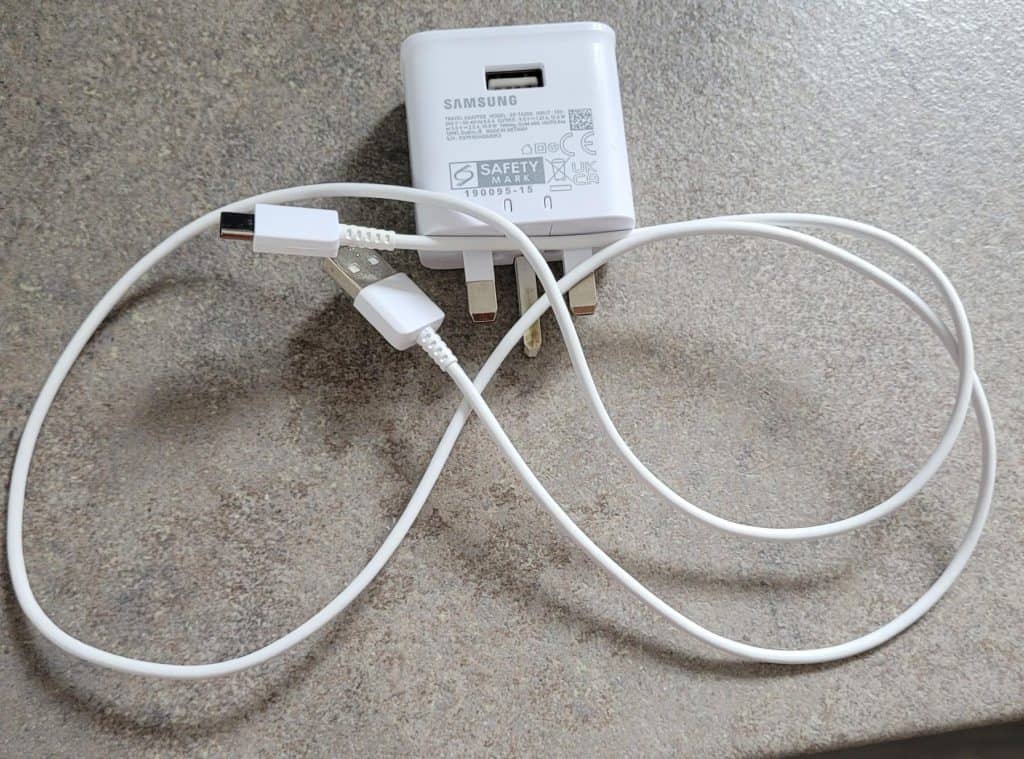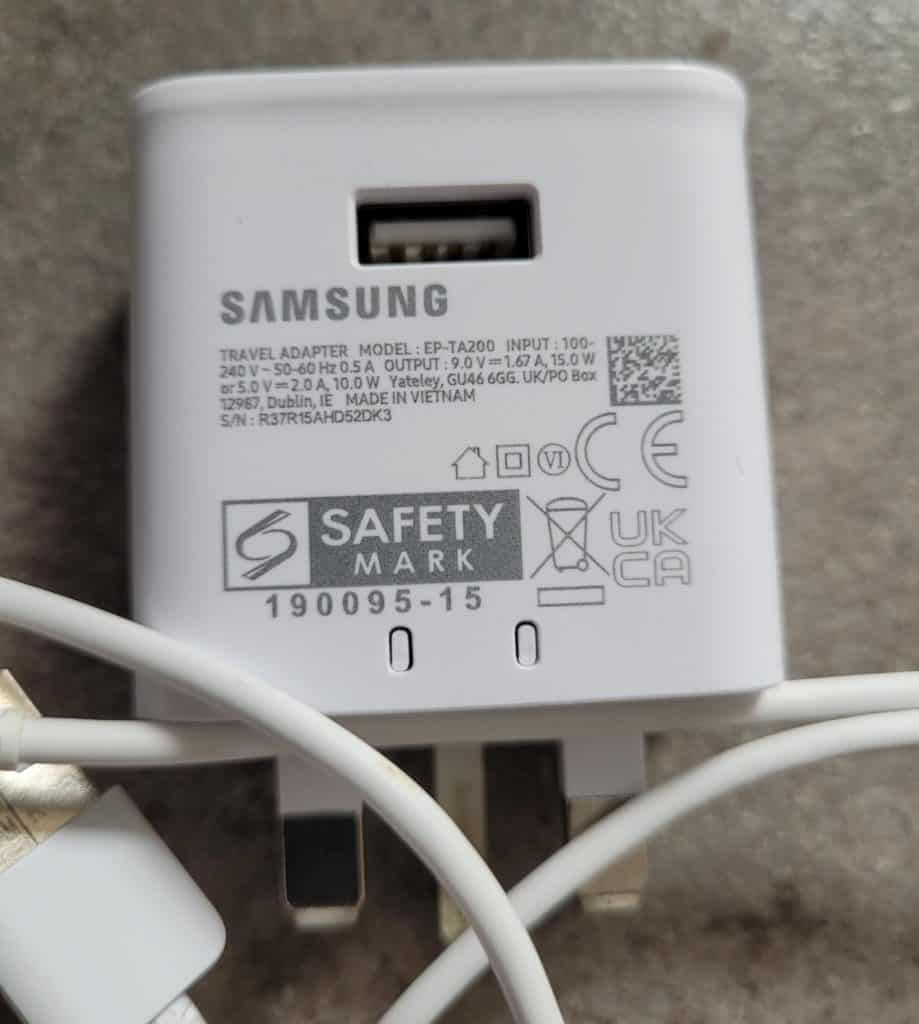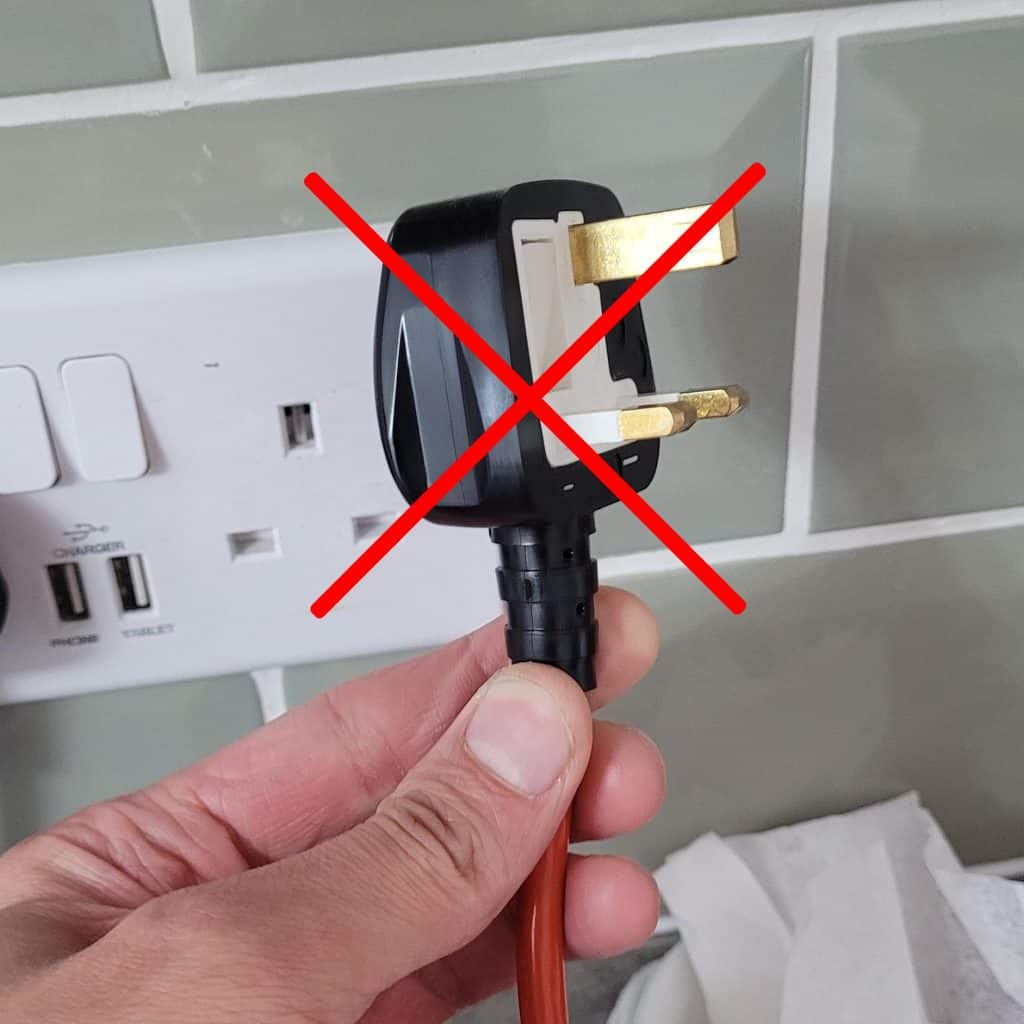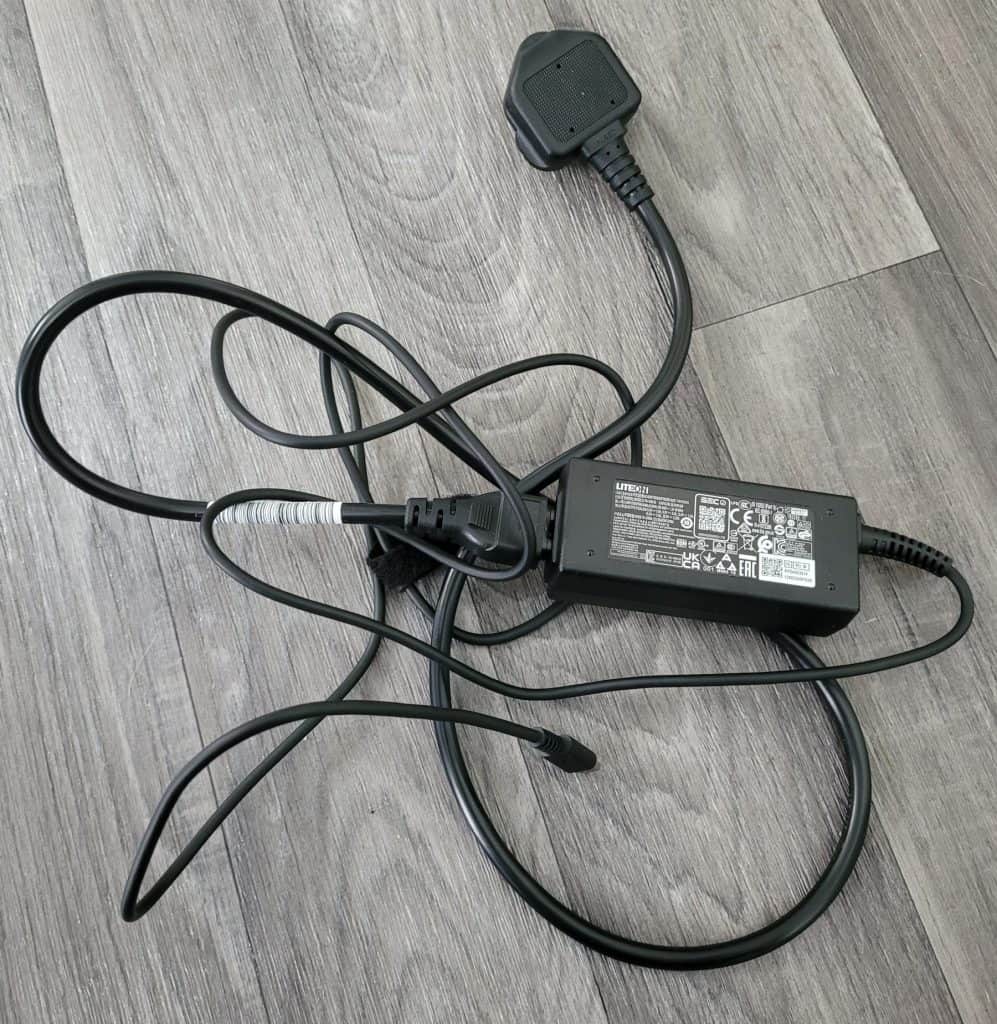If you are trying to figure out why your electrical devices are not working, you need to think about the power supply. If you lost the original supplier that goes with the device, you might be tempted to use another one that has the same place. Before you do so, you need to make sure that you use the right power supply voltage or adapter for the device, particularly if you are traveling overseas and dealing with outlets with which you are not familiar.
Having a wide variety of power chargers and adapters can be frustrating. It is very easy to get them separated from the original router, tablet, laptop, desktop, or phone you were using. Then, it can be even more difficult to figure out which charger goes with which device.
There is a significant gamble you take if you mix and match. If you grab an incompatible power adapter, the best case scenario is that it works just fine. The worst case scenario is that you overload the wiring, cause a house fire, and burn your house down.
Even if the worst-case scenario doesn’t take place, it is entirely possible that you could end up completely frying the device.
So, what do you need to know? There are several important points you should keep in mind.
A Quick Summary

Before we dive into the weeds of how electricity works, you may want to keep a few important points in mind. They include:
- If you reverse the polarity of the flow of electricity on your device, you will damage the device.
- If you supply higher voltage through the adapter than the device rating, you will damage the device.
- If you reverse the polarity of the device, you will damage the power cord and the adapter.
- If you supply lower current through the adapter than the device rating, you could damage the adapter and power cord.
- If you supply lower voltage than the device rating, it will probably not work properly.
- If you supply higher current through the adapter than the device rating, the device will not work properly.
With these guiding points in mind, it is time to get into the weeds.
Understanding Your Power Adapter and the Device

First, it is important to take a closer look at your power adapter. The power adapter has been specifically designed to accept a specific input. For example, the vast majority of devices in the United States are designed to accept output from a 120 V AC outlet in the building. Then, the device will convert it to DC, which your device can use.
In addition, every electronic device has been specifically designed to accept a certain DC category. The goal is to match the DC output from the adapter with the DC input that your device can handle.
First, understand that it can be difficult to find accurate information on the power adapter. Some of the manufacturers will put the information on a label that is attached to the adapter. Other manufacturers might print the information directly on the box itself. Sometimes, the information might be on a separate set of instructions, although this is definitely not the safest approach. Regardless, it is important for you to find the information before you move forward.
When you take a look at the instructions, it is easy to get overwhelmed. You will see a lot of information in front of you, but the most important numbers you need to pay attention to are the volts, usually abbreviated V, and the amps, usually abbreviated A.
If you do not remember your basic middle school physics, V (volts) refers to the energy flowing through the pipe. A (amps) refers to the rate at which the energy flows. You need to know both of these numbers before you can figure out how much energy is flowing into the device.
You need to know this information because if not enough energy is flowing, the device will not work properly. If too much energy is flowing, you could fry the device.
Finally, as mentioned above, you need to know the polarity. The polarity refers to the direction in which the energy flows. If you reverse the polarity, that can lead to major problems.
Using the Wrong Adapter

So, what happens if you use the wrong adapter? It is important to break this down using a few examples. Some of the mistakes you might make include:
Reverse the Polarity
If you reverse the polarity, this means that you have essentially flipped the direction through which electricity flows. Basically, electricity is blowing in the wrong direction.
So, there are a few things that might happen:
- If you are lucky, nothing will happen. No damage will take place because the device has been designed to detect when the polarity has been reversed, and it breaks.
- If you are unlucky, there are a few consequences you might experience. Reversing the polarity could mean that the device pops and you see smoke coming from it. You may also find that the adapter is right as well.
- In the worst-case scenario, the wiring in the whole house is fried, and a house fire starts.
It is very important for you to take a look at the polarity before you plug in the adapter. If your device has polarity protection, you may still need to take it to the shop to get a new polarity protection fuse. Essentially, it is like an airbag. Once the fuse has been used, you need to replace it.
Too Low Voltage
If the voltage on the adapter is lower than the voltage recommended by the device, but the current is the same, then you may find that the device will turn on. At the same time, it does not have enough energy, so you may find that it will work erratically. The device may shut off intermittently because it doesn’t have enough power, which can be very frustrating for you.
For example, you may find that your hair dryer will work well at a low speed, but the second you try to turn it up to a high speed, it does not work nearly as well as it should. You may even find that it will shut off if you try to turn the power up even more. A lot of newer devices have been specifically designed to shut off if they detect that they are not receiving enough voltage.
Too High Voltage

If the voltage is too high, but the current is the same, there are a few consequences you may experience:
- First, a lot of newer devices have been specifically designed to shut off when they detect if there is too much voltage flowing through them. If you find that your device automatically shuts off, this is a sign that the voltage might be too high.
- On the other hand, if the device does not shut off, it may mean that it will run hotter than normal. This means that it will burn out before it should.
- You may find that the battery life gets shorter, and you may find that the device breaks before it should.
If you continue to run the device with a voltage reading that is too high, it is possible that the wiring could overheat. Then, a house fire may start.
Too Low Current
It is also possible that you could have the correct voltage, but the current is too low. In this case, the device could try to draw more power from the adapter than the adapter is designed for. Essentially, your device knows that it needs more power, and it will try to increase the amount of power it draws through the adapter to try to work properly.
This means that the device is trying to draw more current through the adapter than the adapter can handle. The adapter may start to overheat or fail, breaking the adapter.
It is also possible that the adapter could protect itself by preventing the device from drawing more power. If that is the case, then the device will not have enough total energy to function properly, and you may find that it is not working as it should.
Too High Current
If you use an adapter that has a current reading that is too high, you should not experience any issues. For example, if you have a device that requires 20 V and 6 A, but the adapter can draw 20 V and 8 A, then the device is only going to draw what it needs to work properly.
The adapter can handle the demands of the device, and the device has no reason to ask for more current than it is already getting. As a result, you should not experience any issues.
Note: This is a brief overview of the different situations you may experience if you are trying to mix and match adapters and devices. It is critical for you to make sure you match the voltage and amperage if you are using a third-party adapter, but you may want to have this guide with you. That makes it easier for you to figure out whether you have a safe situation or not.
Find the Right Adapter for the Device

If you have time to do so, you should try to find the right adapter for the device. The best case scenario is that you perfectly match the voltage in the amperage to ensure your adapter and your device are properly protected. If you cannot do so, it is important to go back to this guide to make sure you understand the implications of using an improper adapter. There are situations where it might work, but there are also situations that are dangerous.
Frequently Asked Questions
Some of the most common questions people ask about mixing and matching adapters and devices include:
How Do I Know If I Have The Right Adapter?
If you have the right adapter, the voltage and amperage should match between the adapter and the device. You need to take a look at the device to see what voltage and amperage it requires. Then, you need to take a look at the adapter to see what voltage and amperage it delivers. If the numbers match, then you know you have the right adapter for the device.
Why Did My Device Turn Off When I Plugged It Into The Adapter?
If you plug your device into the adapter, and the device turns off immediately, there are a few reasons why this might have happened. First, the device might detect the voltage is too high. To protect itself, the device shut off. Or, it is possible that the current of the adapter is lower than what the device needs. As a result, the adapter may have restricted the flow of electricity, causing the device to turn off.
What Happens If I Reverse The Polarity Of The Electricity?
If you reverse the polarity of the electricity, this essentially means that the flow of electricity is opposite but it should be. Devices and adapters are not meant to handle this, so you may notice that your device pops and starts to smoke. Or, you may notice that nothing happens because there are safety mechanisms in place. Regardless, reversing the polarity can be dangerous, so you need to check this before you try to plug in your device.
Related Reading: Can I Put an Electrical Junction Box in a Crawl Space?
